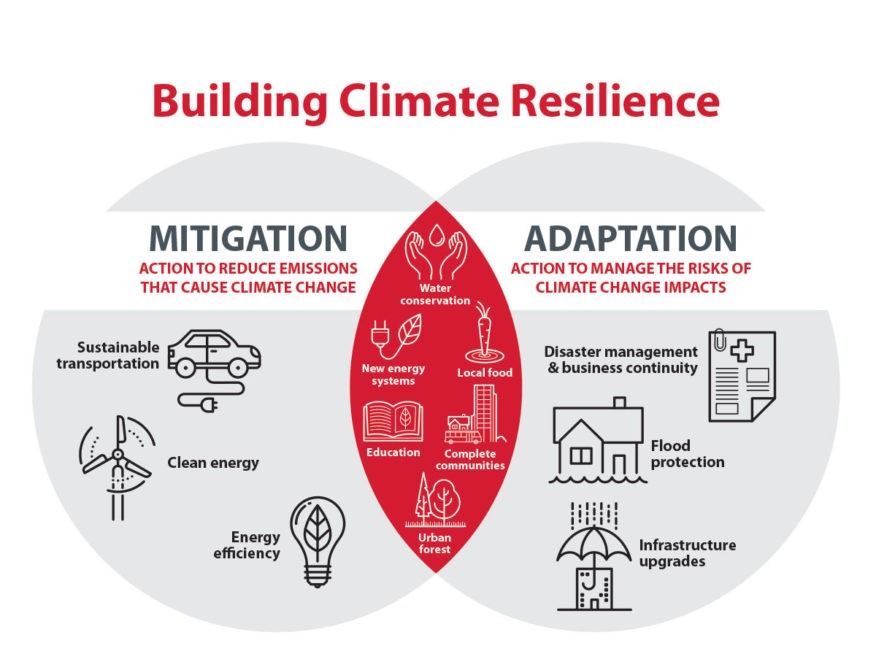There are no items in your cart
Add More
Add More
| Item Details | Price | ||
|---|---|---|---|
More frequent periods of drought and wildfires, 100-year flood events happening every few years, and intense heat and humidity are increasingly affecting daily life. Those of us in the green building industry know that designing sustainable buildings has never been more important. As the premier global standard, LEED has always been recognized for its climate change mitigation power, by reducing emissions from building operations, transportation, materials manufacturing and more. However, not everyone recognizes the climate change adaptation and resilience benefits of LEED.
At the building scale, LEED encourages greater thermal resilience, renewable energy, and rainwater harvesting, to name a few elements that are critical to resilience in the face of a changing climate. LEED projects also encourage better stormwater management, reduce the use of water resources, protect natural habitats, and help reduce heat island effect – all important considerations for greater regional resilience.
For projects keen to emphasize resilience, the LEED v4 Pilot Credit Library includes three credits that support the design of buildings that are resilient to natural disasters and take into account the potential impacts of future climate events. The credits are primarily focused on risk assessment and resilience to environmental disasters and offer resources for project teams looking to start a conversation about climate change. LEED pilot credits can be used as innovation strategies on LEED v4 projects.

Assessment and Planning for Resilience is the first pilot credit and encourages proactive planning based on potential impacts of natural disasters and long-term impacts of climate change.
The Design for Enhanced Resilience credit promotes designing buildings that resist damage from natural disasters (i.e., flooding, high winds, earthquakes, drought, wildfires, landslides, extreme heat and winter storms).
With the Passive Survivability and Back-up Power During Disruptions credit, the focus is on ensuring that the building will maintain safe temperatures and a reasonable level of functionality in the event of extended power outage or loss of heating.
The pilot credits include various tools and resources, such as a LEED Climate Resilience Screening Tool and various reports about design best practices.

USGBC is working to transform the way buildings and communities are designed, built, and operated to encourage green building practices—and resilience is a clear extension of this work. We know that more sustainable buildings are the cornerstone to enhancing community resilience. The challenge, of course, is to do much more, which is manifested in our advocacy activities at all levels of government.
{23 July 2024}

PRAPHULL RAMDAS WANARE
An Environment enthusiast who loves to travel